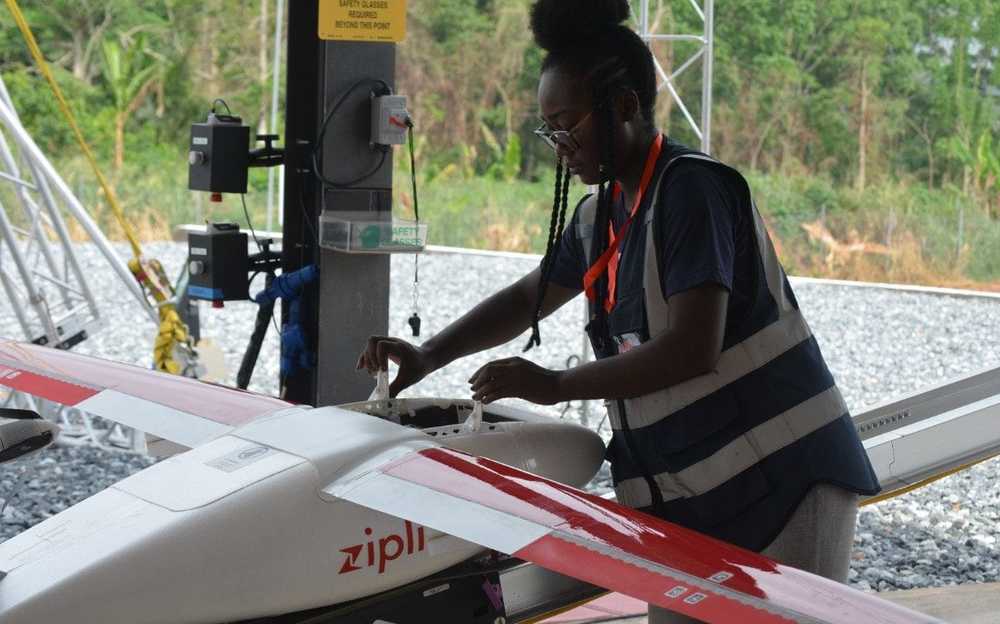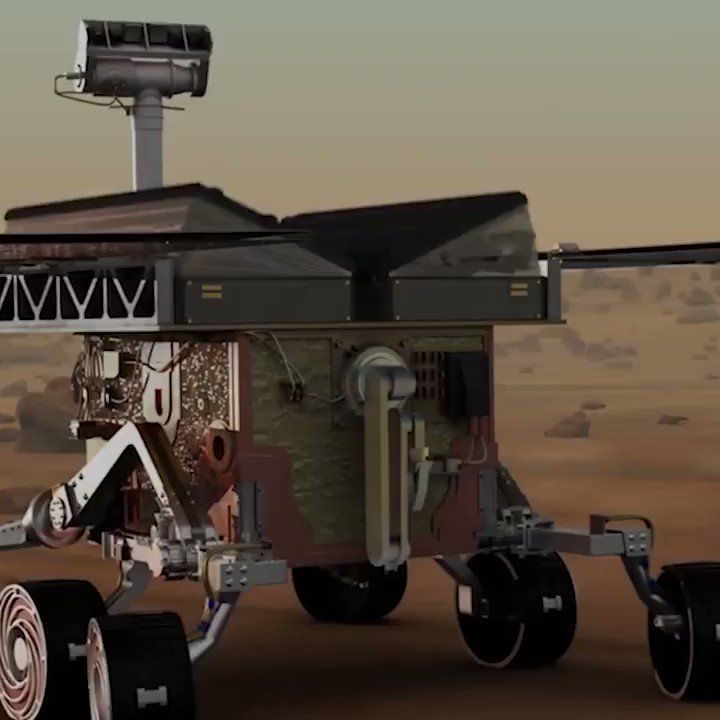A new technique for locating land mines uses infrared cameras on drones. The novel technology uses temperature differences to find camouflaged mines before anyone might accidentally step on them.


Drones might be a favorite toy among adults with significant disposable income, but they’ve also proven to be incredibly useful as tools, and sometimes life-saving ones at that. The latest example of this growing trend comes to us from the University of Maryland Medical Center, where a medical drone delivered a kidney that was subsequently successfully transplanted into a patient.
The delivery, which was documented in a brief YouTube video published by UMMC, is just a small first step in a larger effort to enhance the delivery systems used for vital items like organs and other medical materials.
The drone delivery of a kidney recently used for an organ transplant in Baltimore is being characterized by the University of Maryland as a “pioneering breakthrough” advancement in human medicine and aviation technology.
“It’s huge. We knew from the very first time that we met with Dr. (Joseph) Scalea, and he suggested the idea of what he wanted to do — we knew it would be earth-shattering and life-changing, and it really has become that,” Matthew Scassero, director of the Unmanned Aircraft Systems Test Site at the University of Maryland, told WTOP.
The unmanned aircraft system’s flight on April 19 through the city of Baltimore occurred at about 12:30 a.m. and was less than 3 miles, but represents a huge first step.

The smaller and lighter electronics get, the more ways they can be used. A team of researchers has come up with a compact radar system the size of a matchbox that could be deployed in drones, guidance systems for people with vision problems, and other gadgets where portability and low cost are important.

The largest drone delivery network in the world has been launched in Ghana, which experts say will save lives and transform the developing nation’s healthcare sector.
The drone network is set to deliver blood, essential medicines and vaccinations across the middle-income, West African country.
Speaking about the official launch of the service on April 24, Ghana’s President Nana Addo Dankwa Akufo-Addo said it was part of a drive to ensure universal access to lifesaving medicine in Ghana.



Origami-based structures have been used to create deployable solar arrays for space, adaptable acoustic systems for symphony halls and even crash protection systems for flying drones.
Now researchers at the Georgia Institute of Technology have created a new type of origami that can morph from one pattern into a different one, or even a hybrid of two patterns, instantly altering many of its structural characteristics.
The research, which was supported by the National Science Foundation and is to be published April 19 in the journal Physical Review Letters, could unlock new types of origami-based structures or metamaterials that leverage the characteristics of two types of origami.
We’ve seen autonomous aircraft doing everything from spraying crops to surveying wildlife, and now the Swiss air rescue organization Rega has announced a drone that’s capable of searching for and finding missing people all on its own.